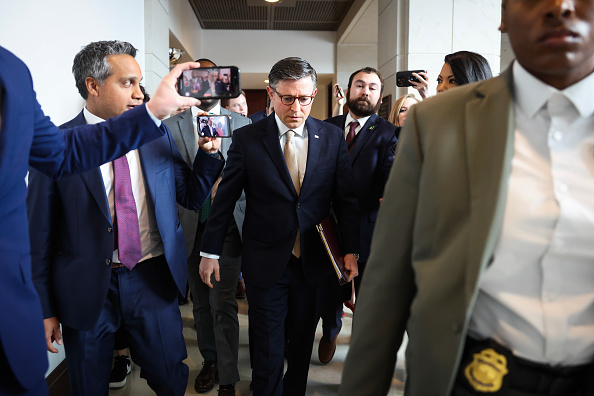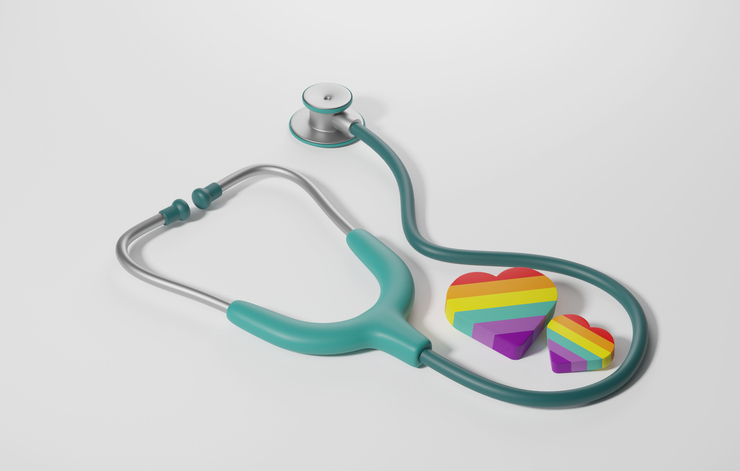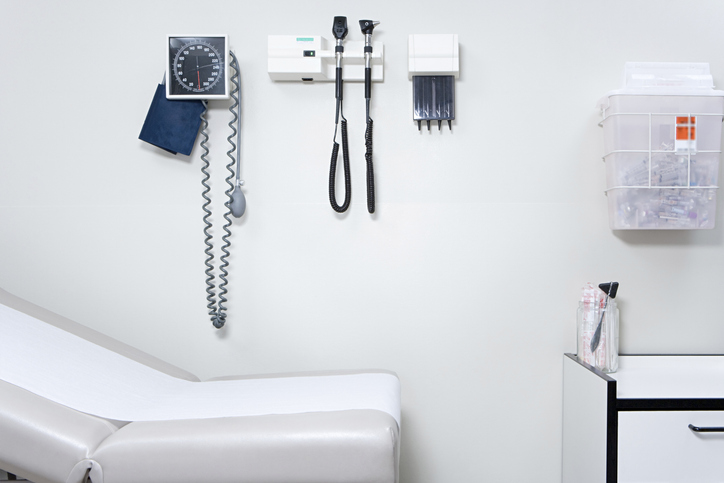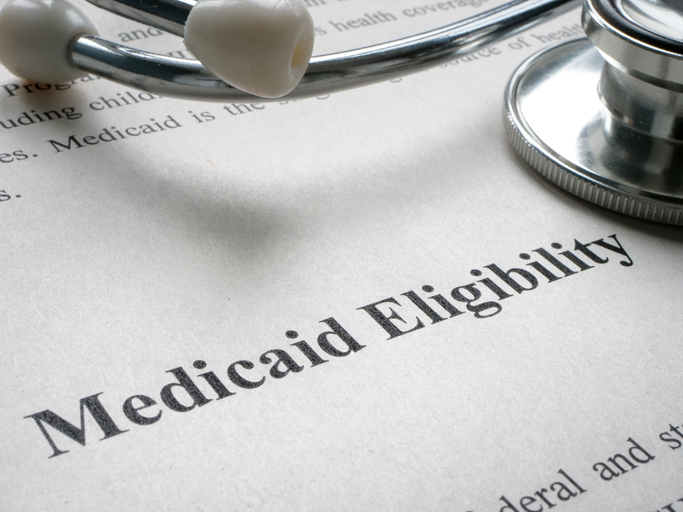Republicans are in a bind.
To give substance to their new budget bill, they need to cut Medicaid spending by billions of dollars. Yet the White House and many congressional Republicans insist that they do not want to cut Medicaid benefits.
Here is where the Department of Government Efficiency can come to the rescue. In mainstream economics there is a technical definition of “waste.” A system is wasteful if it is possible to make a change that can in principle make everyone better off.
Fortunately, Medicaid is so inefficient that it provides us with a rich bundle of opportunities. We can make changes that vastly improve services for the beneficiaries and free up billions in savings for the tax bill—at the same time.
Freedom to Shop
When people are newly enrolled in Medicaid, their visits to the ER increase by 40 percent! A likely cause is that many doctors won’t see Medicaid patients, and even if they do, these are the last patients doctors want to see. Also, many of our best medical centers won’t take Medicaid managed care.
Medicaid rates are often half the prices charged at walk-in clinics and urgent care centers. Even if some accept Medicaid fees, they rarely locate in areas where Medicaid enrollees live.
One answer is to let Medicaid patients buy medical care the way they buy food. In the supermarket, low-income shoppers are free to combine food stamp funds with out-of-pocket money and pay market prices. In health care we have made that option illegal.
In a reformed system, Medicaid enrollees could still get free care at the emergency room and possibly lose a day’s pay. (The in-and-out time at Parkland, a safety-net hospital in Dallas, is almost 6 hours!) Or they could save time and taxpayer money by getting care where middle-income patients go.
If this reform (coupled with the 24/7 primary care option described below) cut Medicaid emergency room spending in half, it would save the federal and state governments as much as $135 billion over 10 years.
Roth-Style Health Savings Accounts
Private companies managing Medicaid (or the state itself) should be ableto make deposits to an account that would cover, say, all of an individual’s primary care. Enrollees would be restricted to using the money for health care during an insurance year.
Afterward, enrollees could withdraw any unspent funds for any purpose. If there were no penalties for nonmedical withdrawals, health care and other purchases would trade against each other on a level playing field under the tax law. People wouldn’t spend a dollar on health care unless they got a dollar’s worth of value.
An early study by the RAND Corporation suggests these accounts would reduce Medicaid spending by 30 percent. Aside from payments for the disabled and nursing home care, if Medicaid spending could be reduced by 30 percent, the savings would amount to almost $1 trillion over ten years. This saving would be shared by the beneficiaries and the taxpayers who fund Medicaid.
We could probably double that number with creative programs of self-management and self-directed care for all the Medicaid population.
24/7 Primary Care
What we used to call concierge medicine is now commonly called “direct primary care” (DPC), and the prices have come way down. In a national model that originated in Wichita, Kansas, the monthly fee is $50 for a mother and $10 for a child.
In return, the family gets the doctor’s phone number and 24/7 access to all primary care. This is a competitive market, and if at any time the family is unsatisfied, they can switch to another DPC doctor.
Currently, employers are not allowed to put funds in an HSA to be used for DPC. By contrast, the Roth HSAs for Medicaid described above would be a perfect vehicle to facilitate DPC.
Fraud Reduction
Fraud in Medicare and Medicaid amounts to $100 billion a year, and that’s a low estimate, according to the General Accounting Office.
In principle, credit card fraud should be much easier to commit than health care fraud. (Think of how often your card goes out of sight in the possession of a waiter or other vendor.) Yet losses to credit card fraud amount to a fraction of 1 percent of spending.
If the federal government could manage Medicare and Medicaid as efficiently as the credit card industry (or maybe contract out to them), the savings would approach $1 trillion over ten years.
Medicaid Block Grants
State governments should have the option of receiving 90 percent of their federal Medicaid dollars in the form of a block grant, saving federal taxpayers the other 10 percent.
With their share, the states could do some of the things discussed above. States could create Roth HSAs outside the federal tax system, make deposits to these accounts, and let enrollees pay market prices for their care.
They could also allow HSA money to be used to pay the fees of direct primary care doctors providing 24/7 care.
If every state accepts the deal, taxpayer savings will be about $630 billion over 10 years.
Legislation in Hand
A number of the ideas discussed here are already in legislation coauthored by Rep. Pete Sessions (R-TX) and his colleagues. So, a good part of the reforms described here could be achieved by little more than cut and paste.
John C. Goodman, Ph.D., ([email protected]) is co-publisher of Health Care News and president and founder of the Goodman Institute for Public Policy Research. A version of this article was published in Forbes on March 6, 2025. Reprinted with permission.




